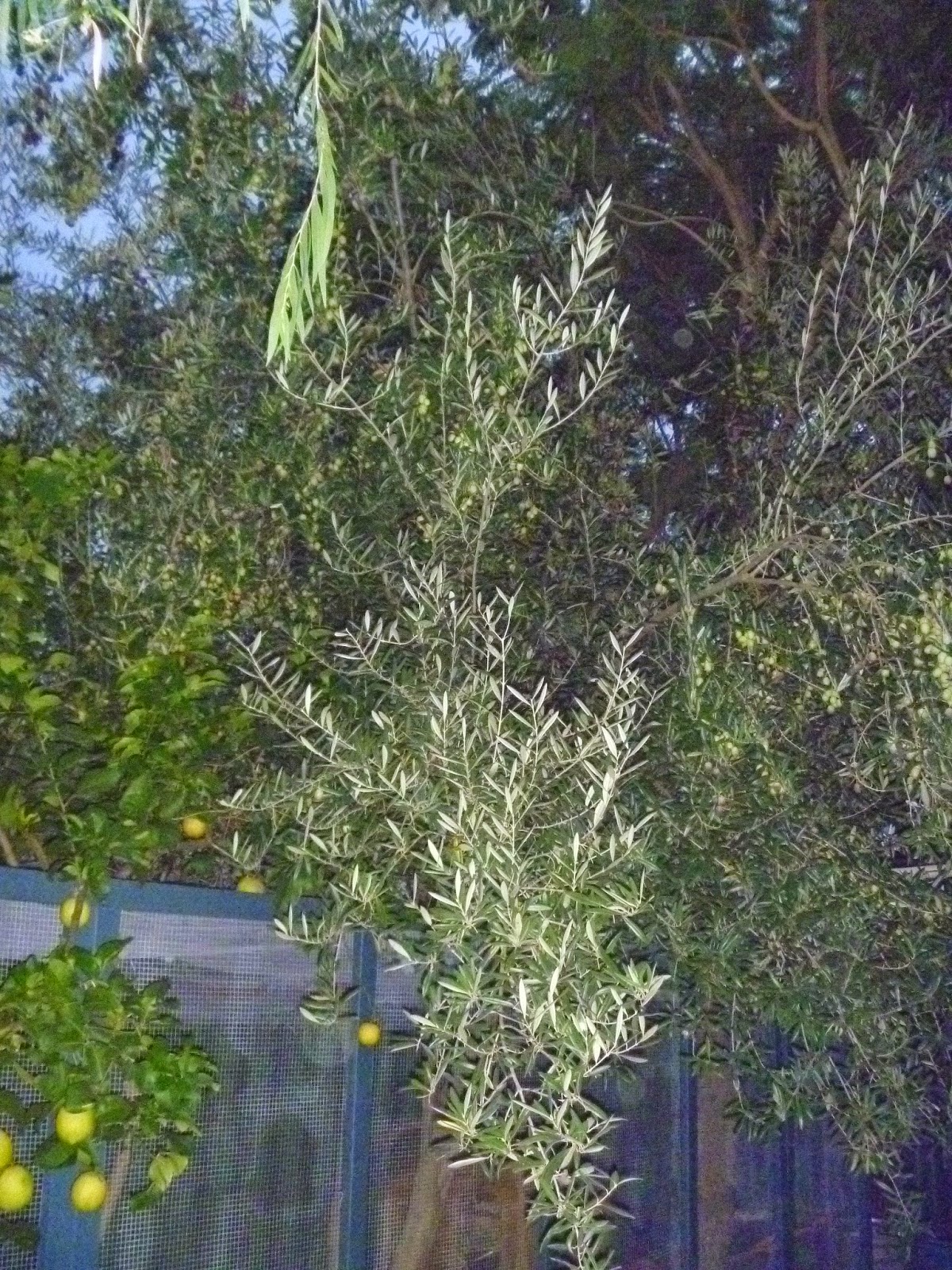Sadly one of our raised garden beds out the front got eaten by ants so needed to be replaced, so Dave and I decided it was time to build ourselves a replacement bed, one that would last a bit longer than the one on the out! I should mention that the beds that got eaten weren't the ones we built when my folks came down in 2012, but one I bought online that claimed to be 'long lasting and pest resistant'. Yeah right. I have learned my lesson and from now will be making all my raised beds myself! (All the beds that were made by us are looking just fine by the way).
All the materials used for the making of the new bed were either scavenged from under our house from previous owners, and the colourbond steel gotten from a company that sell off cuts or slightly damaged pieces that might otherwise be destined for landfill.
First we had to cut all the scavenged timber down to the lengths we were needing, and then screwed all the pieces into a frame that would become the bottom of the bed.
We used jarrah decking boards from our endless lumbar yard under the house to become the corner bits, which hide the raw edges of the colourbond and also gives the frame extra stability. Dave hard at work staining the jarrah to make them extra pretty and long wearing.
Top and bottom of frame assembled ready for painting and cutting of the colourbond sheeting.
Difference before and after oiling the jarrah decking boards that we used for the top capping.
Securing the colourbond sheets to the wooden frame.
Closeup of the jarrah corner pieces that hide the colourbond edges.
Angle grinding the bit of colourbond that stuck up a little too high over the frame on top.
Almost finished!
Where the old garden bed was located, after the old bed was ripped out. Looked a bit grave-like I thought.
Bed placed and leveled, which took way longer than either of us expected, but being the perfectionists we are, got it pretty good in the end.
Top jarrah capping finished, and bed completed!
Family selfie. :)





















